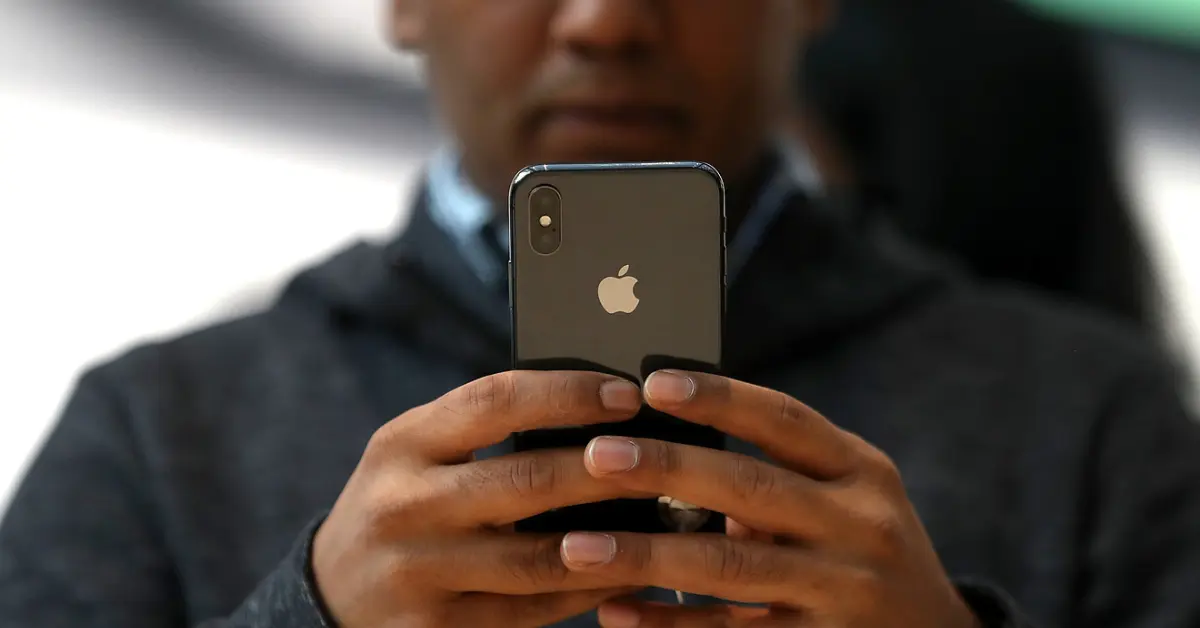The year was 2017, and Apple was gearing up for a milestone: the 10th anniversary of the original iPhone. To celebrate, they introduced the iPhone X, a device that marked a significant departure from previous models and set new standards for the future of smartphones.
Unveiled at the Steve Jobs Theater in September 2017, the event was filled with anticipation as Apple fans and tech enthusiasts around the world waited eagerly. Tim Cook described the iPhone X as the biggest leap forward since the original iPhone, and Phil Schiller detailed its groundbreaking features, eliciting awe and curiosity from the crowd.
Groundbreaking Features
The iPhone X introduced several groundbreaking feature
- Edge-to-Edge OLED Display: The most obvious change was the new design featuring an edge-to-edge OLED display, termed the Super Retina Display. This 5.8-inch screen was the largest ever on an iPhone, with very thin bezels, offering a more immersive visual experience.
- Face ID: This facial recognition system replaced the Touch ID fingerprint sensor, using infrared and dot projection technology to create a detailed 3D map of the user’s face. Housed in the controversial notch, Face ID promised greater security, with a 1 in 1 million chance of being unlocked by a random person.
- Animoji: Using the advanced facial recognition capabilities, Apple introduced Animoji, animated emojis that mimicked the user’s facial expressions in real-time, quickly becoming a popular feature.
- A11 Bionic Chip: Powered by the A11 Bionic chip, the iPhone X was the most powerful and smartest iPhone at the time, with advanced machine learning capabilities, augmented reality experiences, and improved performance and efficiency.
- Wireless Charging: Supporting the Qi wireless charging standard, the iPhone X marked a step towards a future with fewer cables and more convenience.
Controversies and Challenges
Despite its innovations, the iPhone X was not without its controversies:
- The Notch: One of the most polarizing aspects was the notch at the top of the display, housing the front camera and Face ID sensors. While some users found it a minor inconvenience, others felt it disrupted the sleek design.
- High Price Tag: Starting at $1,000, the iPhone X was significantly more expensive than previous models, sparking debates about Apple’s focus on luxury and its impact on affordability, especially in emerging markets like India and China.
- Face ID Security Concerns: Initial concerns about the security and privacy implications of Face ID were highlighted by reports of it being fooled by masks, although such instances were rare.
- Fragility: The edge-to-edge display and glass back made the iPhone X more susceptible to damage from drops, and repair costs were higher due to its complex design.
Legacy and Influence
Despite these challenges, the iPhone X had a profound impact on the future of smartphones. The edge-to-edge display and notch design became trends in the industry, with many manufacturers adopting similar designs. Face ID set a new standard for facial recognition technology, and the A11 Bionic chip’s performance laid the groundwork for advancements in machine learning, augmented reality, and computational photography.
The iPhone X redefined user expectations for premium smartphones, emphasizing design, performance, and advanced features. Its influence can still be seen in today’s smartphone designs, and its success demonstrated the potential for innovation in the industry.
Greg with Apple Explained




Leave a Reply